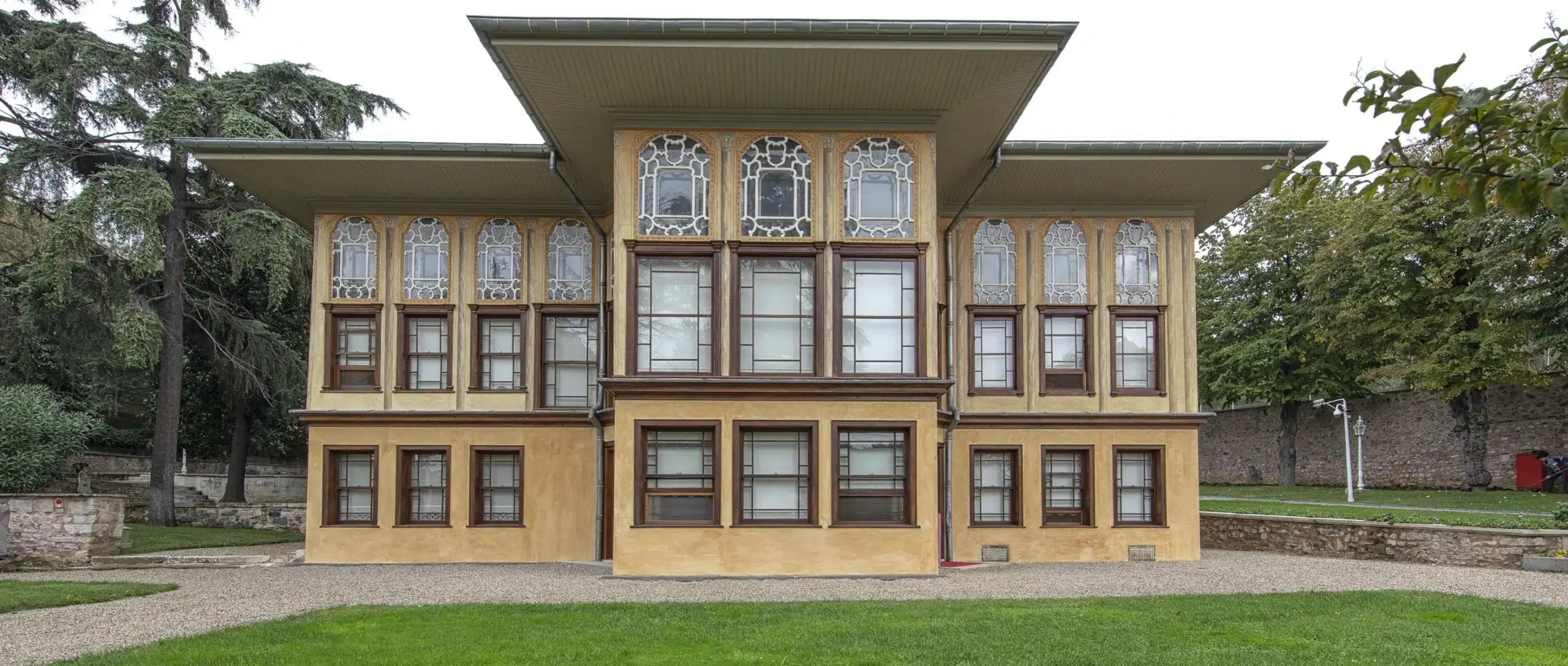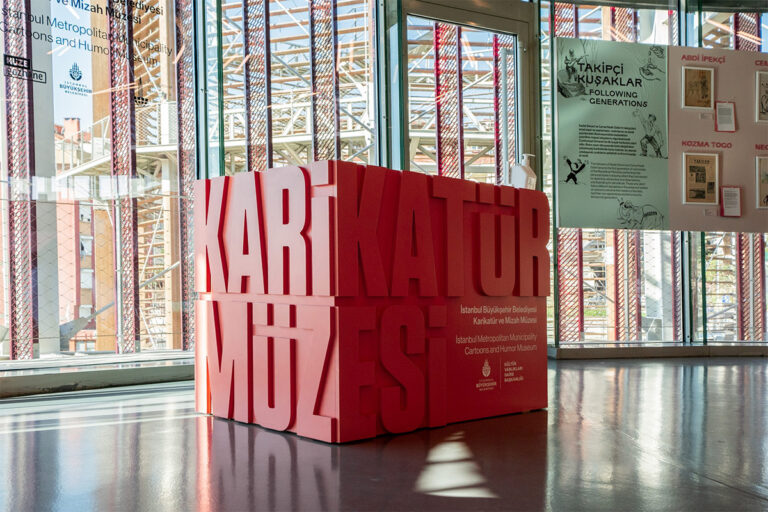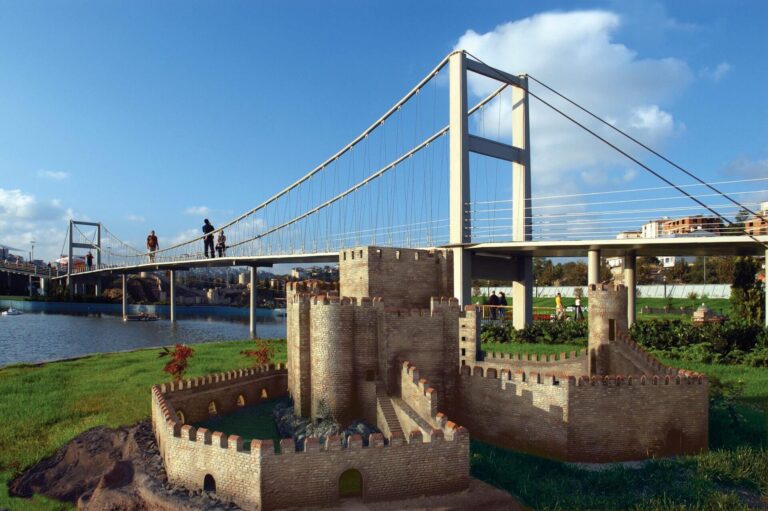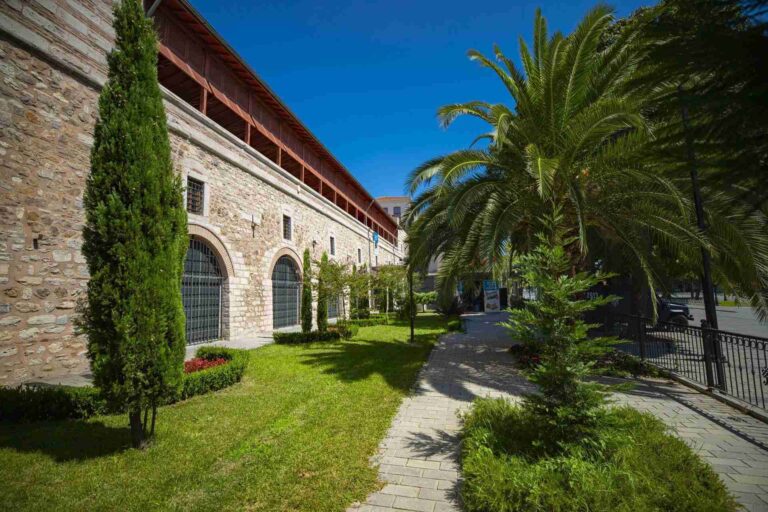Aynalıkavak Music Museum History, Exhibits, Entrance Fee, and Visiting Hours
During the Ottoman period, flat and fragmented window glass could not be produced. At that time, the Doge of Venice gifted crystal Venetian mirrors to the sultan. The Sultan ordered these mirrors to be used in the construction of a palace, specifically requesting a palace that would suit the tall poplar-like mirrors. Hence, the palace was named Aynalıkavak.
Structure
The Aynalıkavak Palace was built on a large area and is known to consist of various structures, including a bathhouse, surrounded by a wall.
HISTORY Aynalıkavak Palace, located on the shores of the Golden Horn, is the only surviving structure from a group of buildings known as “Aynalıkavak Palace” or “Shipyard Palace” during the Ottoman era, which existed for about three centuries. The palace, especially during the reigns of Sultan Selim III, Mahmud II, and Abdülhamid II, became disconnected from the sea due to additions made to the shipyard. Aynalıkavak Palace is one of the last and interesting structures of Ottoman classical architecture and is also known as the palace where Sultan Selim III composed his music. It has witnessed some significant political events, such as the signing of certain terms of the Küçük Kaynarca treaty in 1774 for clarification. As the only structure surviving from earlier periods among the 19th-century palaces and mansions of the National Palaces, Aynalıkavak Palace is unique in its traditional architecture and decorative features.
For example: In the Divan Hall and the Composition Room, poems praising the palace and Sultan Selim III by well-known poets of the period, Şeyh Galib and Enderuni Fazil, are written in Ta’liq script by the Calligrapher Mehmed Esad El Yesari.
AYNALIKAVAK MUSİKİ MÜZESİ (AYNALIKAVAK MUSIC MUSEUM)
In 1984, the descendants of Sultan Abdülhamid II (1876-1909), including the late Gevheri Osmanoğlu, donated their collection of instruments, music scores, and phonograph records to Aynalıkavak Palace. Due to the palace being a residence and composition place of Sultan Selim III (1789-1807), it holds significant importance as a center for Turkish Music. Following Gevheri Sultan’s donation of instruments, other collectors and musicians also contributed various instruments. Additionally, instruments from the Istanbul Metropolitan Municipality Collection were added to the Aynalıkavak Palace Collection, enhancing its overall structure. The section where Sultan Selim III resided and the lower floor, which exhibits works related to Turkish music, are highlighted. In this lower section, there are 72 instruments donated by Gevheri Osmanoğlu, a descendant of Sultan Abdülaziz. Additionally, the music museum houses over 200 phonograph records, numerous music scores, and publications.




